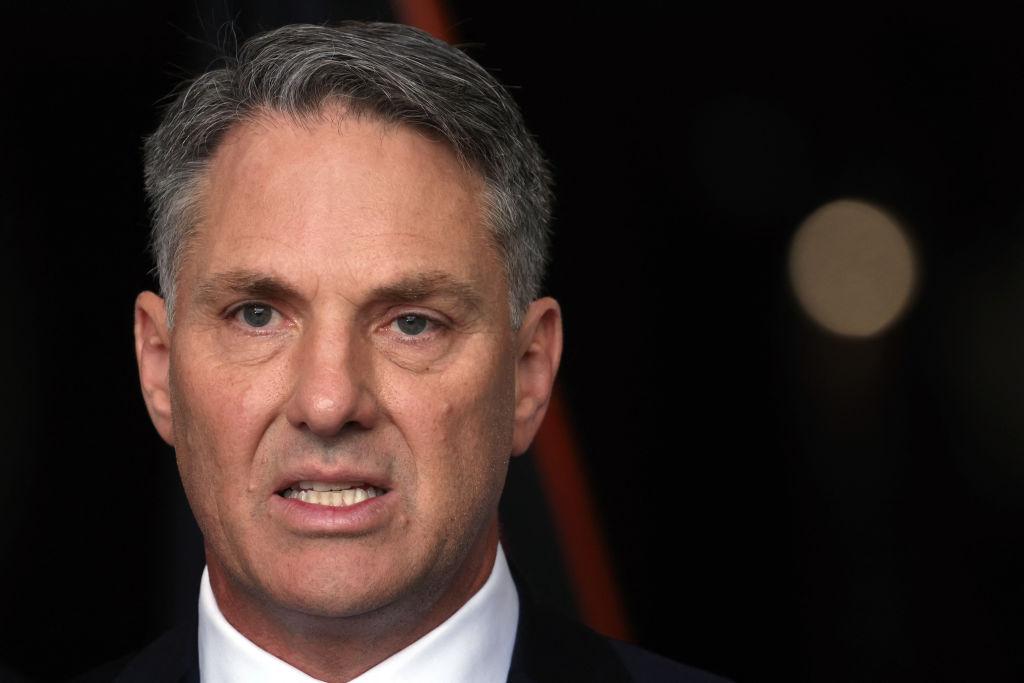Commentary
There is only one significant question worth asking about the Australian government’s naval review: When will the new ships actually be delivered?

There is only one significant question worth asking about the Australian government’s naval review: When will the new ships actually be delivered?